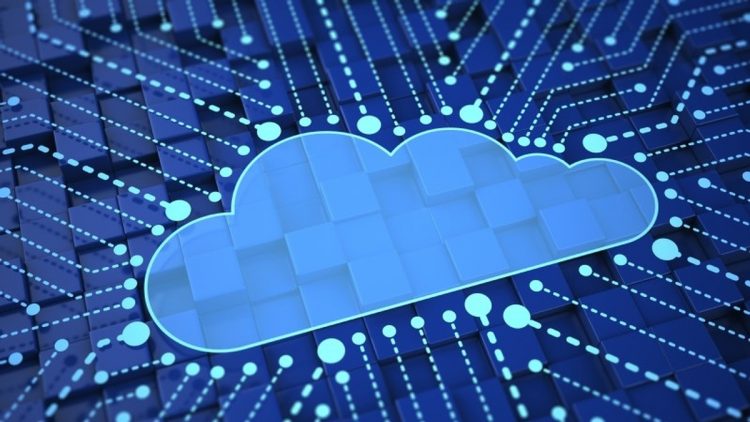f your assisted living community is currently considering an electronic health record system, we strongly recommend you choose one that’s cloud-based. The good news is that these days, it’s much more common to find a cloud-based system than it was just a few years ago.
Here are three key ways having cloud-based electronic health records can lead to better outcomes (both financial and health-related) at your community.
1. Cloud-Based Data Storage = Better Data Transfer between Shifts
Accurate data transfer between shifts is a central part of making sure every resident in your community gets appropriate care. When CNAs track ADLs, incidents, and changes in condition in a cloud-based EHR, that information is immediately accessible to every other user of the system.
That means no matter who has the next shift, that caregiver will have the necessary information to provide appropriate care to your residents.
Data stored in the cloud is also harder to lose (no missing paper or falling Post-it notes) or misread (typed words, not handwriting!). And because cloud-based systems keep data in a single central location, your staff won’t lose time sifting through notes and files stored in disparate folders.
When CNAs and other nursing staff have better, more accurate, and more complete data, they’re able to provide better care, which leads to better health outcomes. That means residents and their families are likely to be happier with your community, which typically translates to residents staying longer, which of course means steadier revenue.
2. Cloud-Based Data Warehouse = Faster & More Accurate Business Decisions
As an assisted living community, you’re in the business of caring for people. And whether you operate on a nonprofit or for-profit basis, your community can offer the best care possible when it’s operating most efficiently. A cloud-based EHR helps achieve that goal by making it easier for business leaders to access the data they need to make high-level business decisions.
For example, let’s say your community director is doing a general month-end check-in. With a cloud-based EHR in place, she can access and download extensive data about your community in seconds, import that data into her favorite tools or software, and look for unusual trends.
She might zoom into ADL data to find that there’s been a surge in requests for allergy medication. If it’s not allergy season, that might prompt her to check the air filtration system or have an inspector to come in and look for mold. Catching a problem like that in its early stages could prevent a lot of unpleasant health problems and potentially save thousands of dollars in repairs.
Or maybe she notices that one resident has been requesting help with bathing beyond his assigned level of care. She could schedule a new assessment to ensure he’s in the right care level – and if he’s not, update his care plan to reflect his needs. This helps ensure that CNAs aren’t spread too thin, providing more care than they’re scheduled to. It also ensures that your community’s revenue matches the services you’re providing.
3. Cloud-Based Systems = More Uptime, Faster Disaster Recovery
In some ways, transferring to an EHR is a leap of faith: instead of reliable, touchable paper files with all your residents’ information, you’re trusting it all to an invisible digital world – though admittedly a digital world that we rely on for almost everything in our daily lives.
In reality, cloud-based EHRs are actually safer than paper records – and certainly safer than EHRs hosted on premise. That’s because, if a disaster hurts the data center where your cloud-based EHR’s server is hosted, it takes only minutes to spin up a new instance in the cloud.
If an on-premise server is hurt by a disaster (flood, power outage, etc.), your system will be out until the physical location of the server is back to normal or until your IT team is able to spin up another on-premise server (a much longer process than what’s required for the cloud).
Cloud-based EHRs also enjoy better uptime – usually in the neighborhood of 99.9 percent – than their on-premise counterparts. This is crucial for residential care communities, whose staff need to be able to access and use the system around the clock. One reason cloud-based EHRs are so reliable is that they use load balancers that automatically shift excess traffic to a different server in the event of a surge, which prevents site crashes.
Cloud-Based EHRs Let You Achieve ROI Faster
Cloud-based electronic health records systems help assisted living achieve a return on the investment they make in the software faster than they would with non-cloud software. That’s because the power of the cloud enables…
- Real-time, complete, and accurate data transfer between nursing shifts, leading to better care and better health outcomes.
- Easier and faster access to community data that can be used to make financially significant business decisions.
- More consistent uptime and faster disaster recovery, which means your staff can do their job and deliver top-level care no matter what weather events or glitches hit.
If you’re interested in seeing a cloud-based EHR in action, sign up for a demo. We’d love to show you how it could transform your community!

Leave a Reply